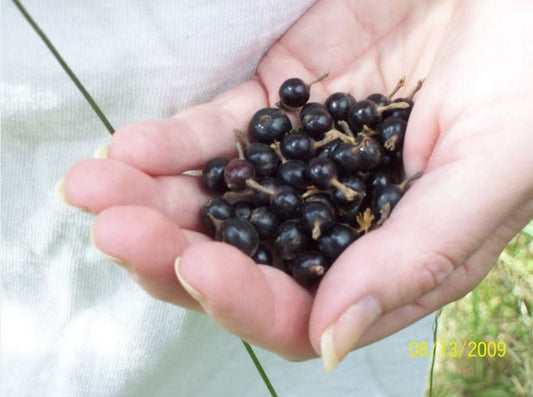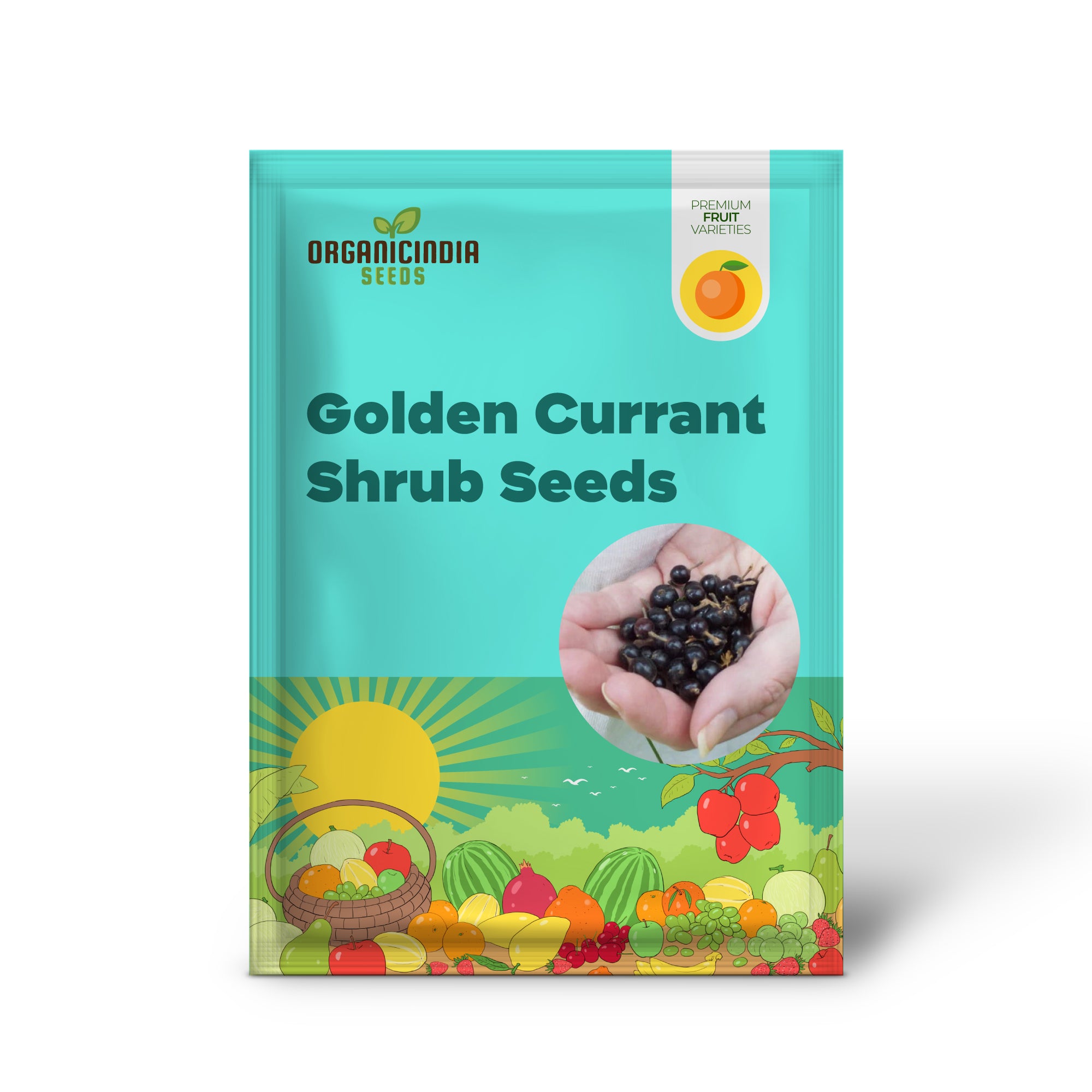



Free Shipping
Safe & Secure Payments
The Golden Currant (Ribes chrysobotrya aurea) is a stunning deciduous shrub native to North America, prized for its vibrant yellow flowers and sweet-tart black fruit. This hardy shrub is an excellent addition to any garden, offering both ornamental beauty and edible fruit. The Golden Currant thrives in a variety of growing conditions and is known for attracting pollinators such as bees and butterflies with its fragrant yellow blooms. After flowering, the plant produces small clusters of dark purple to black berries that are not only beautiful but also delicious, perfect for making jams, jellies, pies, and sauces. A low-maintenance shrub that grows well in both sun and partial shade, the Golden Currant is ideal for edible landscapes, wildlife gardens, or as a specimen plant.
Key Features:
Growing Information:
Light:
Golden Currant shrubs prefer full sun to partial shade. They will produce the best flowers and fruit when they receive at least 6 hours of sunlight per day, though they can tolerate some shade.
Soil:
Golden Currants are adaptable to a variety of soil types, from loamy to sandy soils. They thrive in well-draining, moderately fertile soils with a slightly acidic to neutral pH (6.0-7.0). Ensure the soil is well-draining to avoid waterlogging, as the plant prefers moisture but not standing water.
Planting Tips:
To start from seed, soak the seeds in water for 24-48 hours before planting to help speed up germination. Sow the seeds in a seed-starting mix and lightly cover them with soil, as they need light for germination. Keep the soil moist and warm, and expect germination in 2-3 weeks. Once seedlings have reached a sufficient size and the danger of frost has passed, transplant them into the garden or a larger container. Space plants 3-5 feet apart to allow for healthy growth.
Watering:
Golden Currants prefer regular watering, especially during dry spells, but they are relatively drought-tolerant once established. Water deeply and allow the soil to dry out slightly between waterings. During the first growing season, ensure the plant receives enough moisture to establish strong roots. Once established, reduce watering frequency, but be sure to water during extended dry periods to promote healthy fruiting.
Benefits:
Growing Zones:
Golden Currant (Ribes chrysobotrya aurea) is hardy in USDA Zones 3-7. This makes it suitable for a wide range of climates, from cooler northern areas to warmer southern regions. It is an ideal shrub for temperate gardens, including those with cold winters and moderate summers.
How to Use in the Garden:
Conclusion:
The Golden Currant (Ribes chrysobotrya aurea) is a versatile and attractive shrub that offers both ornamental and practical benefits. With its fragrant yellow flowers in spring, followed by clusters of nutritious black berries in summer, this shrub is perfect for edible landscaping, wildlife gardens, and ornamental plantings. Once established, it’s low-maintenance, drought-tolerant, and productive, making it a great choice for gardeners looking to add both beauty and function to their outdoor spaces. Whether used for its edible fruit or as a pollinator-friendly plant, the Golden Currant will provide years of enjoyment and harvest.
Choose options

